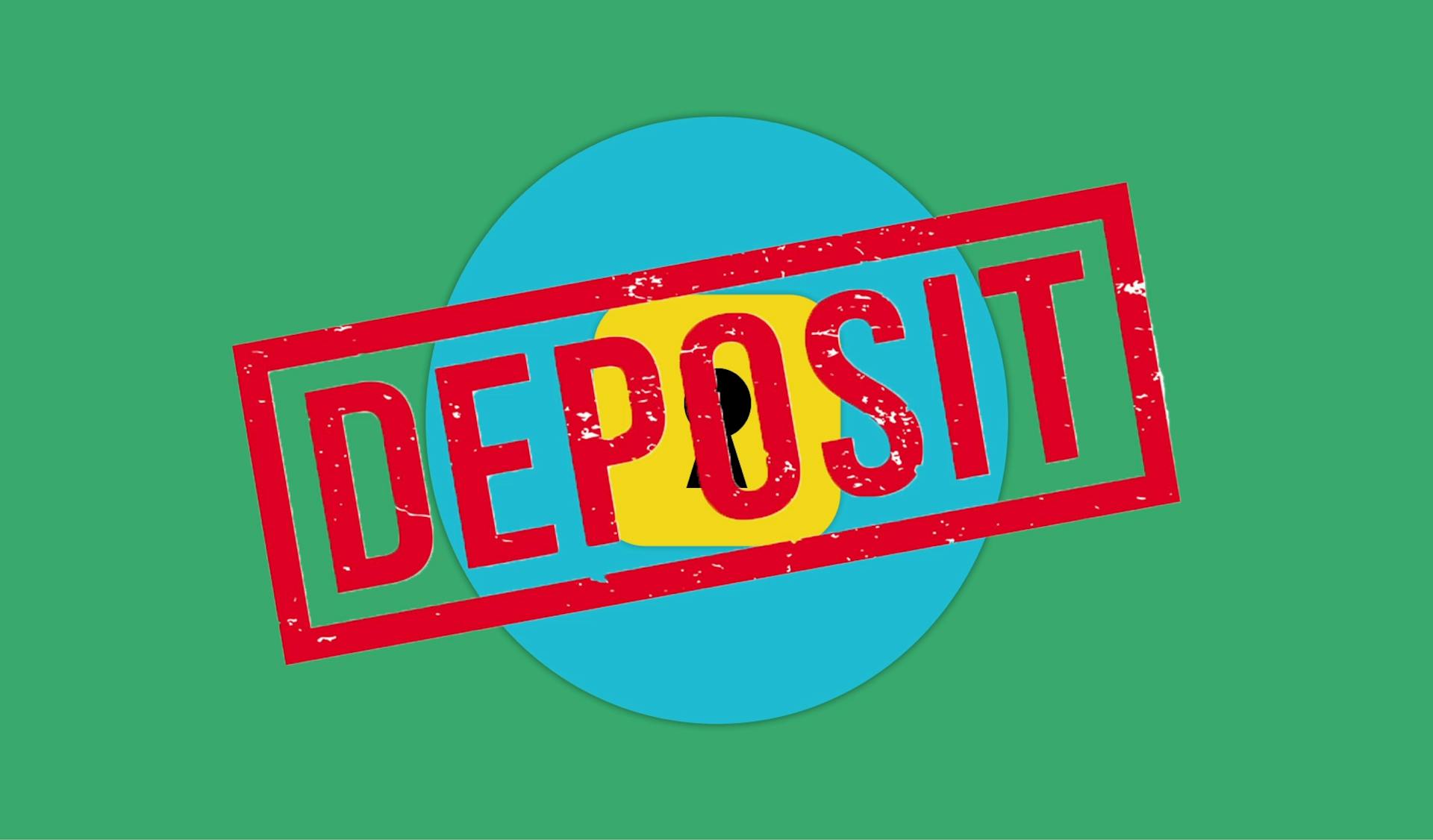
Prepaid expenses are a common occurrence in business, but understanding how to amortize them can be a challenge.
Prepaid expenses are recorded as an asset on the balance sheet, representing the amount paid for a future benefit.
As a business owner, you've likely encountered prepaid expenses, such as prepaying rent or insurance for a year.
Prepaid expenses are typically recorded at the time of payment, and then gradually expensed over the period of benefit.
What is an Expense?
An expense is essentially a cost incurred by a business or individual to generate revenue or maintain operations. It can be a straightforward expense, like buying office supplies, or a more complex one, like prepaid expenses.
Prepaid expenses are a type of expense that's paid for in advance but not yet incurred. This can include rent, insurance, leased equipment, advertising, and more.
Rent, for instance, is a common prepaid expense. When you pay for a commercial space before using it, that's a prepaid expense. Businesses can also accrue prepaid expenses for things like equipment, salaries, and estimated taxes.
Some utility bills can also be prepaid expenses, depending on the terms of the agreement. Interest expenses are another example of a prepaid expense.
Here are some common prepaid expenses examples:
- Rent (paying for a commercial space before using it)
- Small business insurance policies
- Equipment you pay for before use
- Salaries (unless you run payroll in arrears)
- Estimated taxes
- Some utility bills
- Interest expenses
Types of Expenses
Prepaid expenses are a type of expense that's paid in advance for a future benefit. This can include things like insurance policies, rent, or subscription services.
Insurance policies are a common example of prepaid expenses, and they can be quite costly upfront. Company ABC paid $120,000 upfront for its insurance policy.
Prepaid expenses are initially recorded as an asset on the balance sheet, with a corresponding credit to cash. This is because the company has paid the expense in advance, but hasn't yet received the benefit.
Each month, an adjusting entry is made to expense a portion of the prepaid amount to the income statement. This is calculated by dividing the prepaid amount by the number of months it covers, so in this case, $10,000 per month.
The adjusting entry involves crediting the prepaid account and debiting the insurance expense account. This process continues until the prepaid account is fully expensed, which in this case, takes 12 months.
Expand your knowledge: An Account Will Have a Credit Balance If the
Expense Accounting
Expense accounting is a crucial aspect of financial management, and prepaid expenses play a significant role in this process. Prepaid expenses are assets that are paid for in advance, but not yet consumed or used.
To accurately reflect the usage of prepaid expenses, businesses must amortize them over the period they are consumed. This process ensures that expenses are matched with revenues generated from their use, adhering to the matching principle.
Prepaid expenses can be recorded as a debit to an asset account, such as prepaid insurance or prepaid subscription, and a credit to cash. Each accounting period, an adjusting entry is made to expense a portion of the prepaid amount, reducing the asset account and increasing the expense account.
For example, if a business pays $120,000 upfront for a 12-month insurance policy, it will initially book the full amount as a debit to prepaid insurance and a credit to cash. Each month, an adjusting entry will be made to expense $10,000 (1/12 of the prepaid amount) to the income statement through a credit to prepaid insurance and a debit to insurance expense.
Suggestion: T Account Debit Credit
The frequency of adjusting entries depends on the term of the prepaid expense. If the prepaid expense is for a short-term period, such as a 12-month subscription, adjusting entries will be made monthly. However, if the prepaid expense is for a longer period, such as a 24-month subscription, adjusting entries will be made quarterly or semi-annually.
To illustrate this, consider a 24-month subscription with a monthly subscription cost of $83.33. The journal entries for the first 12 months of the subscription contract would be as follows:
By the end of the subscription term, both the long-term and short-term portions of the prepaid subscription account balances will be zero, accurately reflecting the usage of the prepaid expense.
Amortization of Prepaid Expenses
Amortization of Prepaid Expenses is a process of gradually recognizing the expense of a prepaid asset over the period it is consumed. This is done through an adjusting entry, which credits the prepaid asset and debits the expense account.
Prepaid expense amortization is important for accurate financial reporting, ensuring that the expense of the prepaid asset is recognized in the appropriate period, rather than all at once. This process helps match the expense with the benefit received from the asset.
The amortization of prepaid expenses can be calculated by dividing the total prepaid expense by the number of periods over which it will be consumed. For example, if a company pays $120,000 upfront for a 12-month insurance policy, the monthly expense would be $10,000 ($120,000 / 12).
The amortization schedule can be used to track the decrease in the prepaid asset account over time. This schedule helps determine the journal entries to be made each period to recognize the expense of the prepaid asset.
Here is an example of an amortization schedule:
The journal entries for the first 12 months of the subscription contract are as follows:
- Debit: Insurance Expense ($10,000)
- Credit: Prepaid Insurance ($10,000)
This process continues until the prepaid asset account balance is zero, at which point the prepaid expense has been fully amortized.
Accounting Rules and Guidelines
A prepaid expense is recorded as a current asset, which means it's an asset a company plans to use or sell within a year.
To be more specific, prepaid expenses are short-term assets that are typically recorded on the balance sheet.
According to accounting rules, if a prepaid expense will not be used within a year, it must be recorded as a long-term asset.
Asset Classification
A prepaid expense is recorded as an asset, specifically a current asset, unless it will not be used within a year. This is because prepaid expenses are expected to be consumed within a short period of time, typically within 12 months.
Prepaid expenses are listed as assets on the balance sheet, where they are recorded as current assets. This is because they are expected to be used or sold within a year.
The classification of a prepaid expense as a current or noncurrent asset depends on its utilization period. If the prepaid expense is to be consumed within 12 months, it is considered a current asset. However, if the prepaid obligation exceeds 12 months, it is recognized as a long-term or noncurrent asset.
Prepaid expenses only turn into expenses when they are actually used. As you use the item, decrease the value of the asset, and the value of the asset is then replaced with an actual expense recorded on the income statement.
Accrual vs. Cash Basis
Entities following US GAAP are required to use accrual accounting, which recognizes revenue and expenses in the period they occur.
Accrual accounting adheres to the matching principle, which means an entity only recognizes an expense on the income statement once the good or service purchased has been delivered or used.
Under accrual accounting, an advance purchase is recognized as a prepaid asset on the balance sheet.
On the other hand, an entity using the cash basis of accounting expenses payments when incurred and does not attempt to match the cost of a good or service to the period or periods over which it is used.
Under the cash basis, an organization would immediately record the full amount of the purchase of a good or service to the income statement as soon as the cash is paid.
No prepaid expense would be recognized under the cash basis.
Curious to learn more? Check out: Reconciliation Definition Accounting
Sources
- https://www.investopedia.com/terms/p/prepaidexpense.asp
- https://www.patriotsoftware.com/blog/accounting/what-are-prepaid-expenses-journal-entry-adjustments-examples/
- https://navi.com/blog/prepaid-expenses/
- https://finquery.com/blog/prepaid-expenses-guide-accounting-examples-journal-entries/
- https://www.patriotsoftware.com/blog/accounting/12-month-rule/
Featured Images: pexels.com


